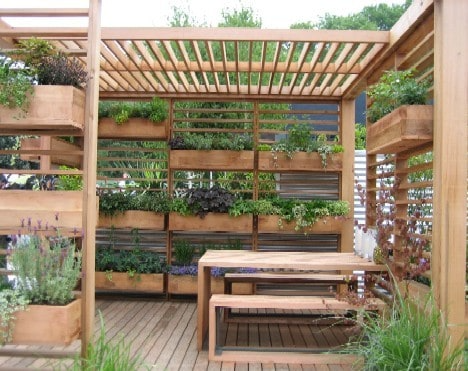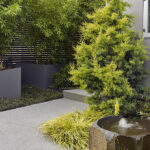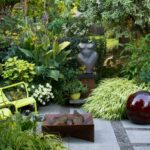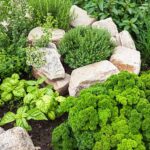Small garden spaces can present a unique challenge for gardeners looking to cultivate a little piece of nature in their homes. Limited square footage can often leave aspiring green thumbs feeling like they lack the room to create the luscious oasis they envision. However, with some creativity and strategic planning, it is possible to make the most out of even the tiniest of outdoor areas.
One key to maximizing a small garden space is to utilize vertical gardening techniques. By growing plants upwards rather than outwards, you can make the most of limited ground space. Hanging baskets, trellises, and wall-mounted planters are all excellent options for vertical gardening. This not only saves space but also adds a visually appealing element to your garden.
Another strategy for small garden spaces is to prioritize plants that can thrive in containers. This allows you to move your plants around as needed and create a dynamic and ever-changing garden display. Additionally, container gardening opens up the possibility of growing plants in unconventional areas such as balconies, patios, and small decks.
When planning your small garden space, it’s essential to consider the layout carefully. Opt for a mix of plants that vary in height, texture, and color to add visual interest and create depth in your garden. Utilize corners and nooks for small planters or garden beds to make the most of every inch of space.
In small garden spaces, every plant counts, so make sure to choose varieties that are well-suited to your climate and growing conditions. Selecting plants that are low-maintenance and resilient will ensure that your garden thrives without requiring constant attention and care. Consider native plants or drought-resistant species to minimize water usage and maintenance needs.
Lastly, don’t forget to regularly assess and adjust your garden layout as needed. Small garden spaces can quickly become overrun with vegetation if left unchecked, so be proactive about trimming back overgrown plants and replacing those that aren’t thriving. Regular maintenance will help keep your garden looking fresh and vibrant throughout the growing season.













